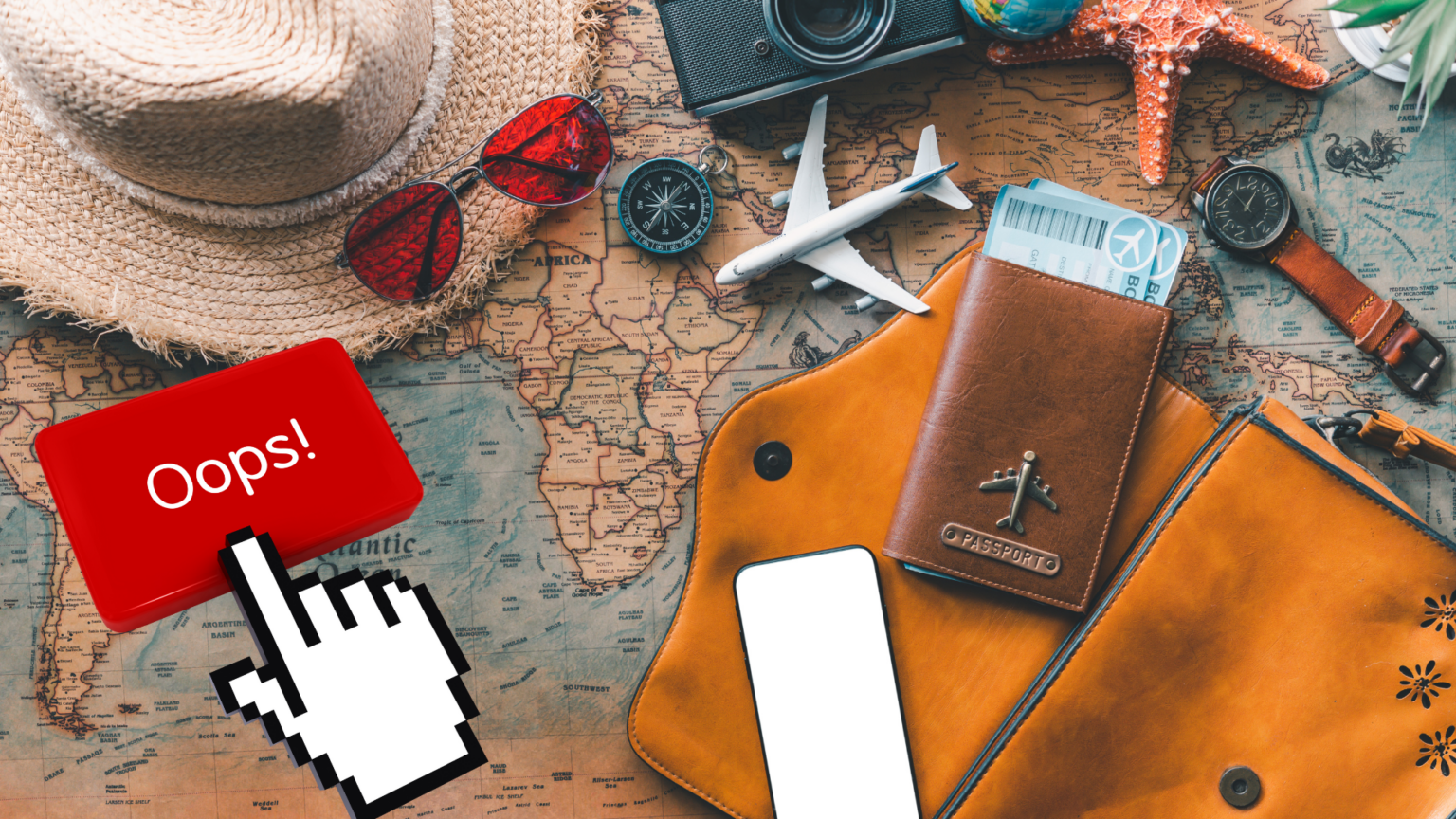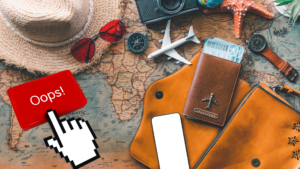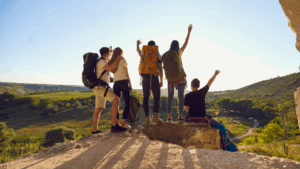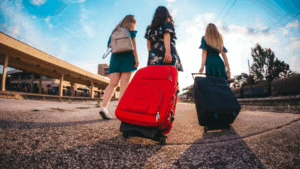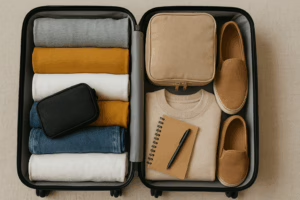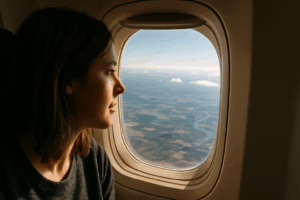Misjudging Travel Time and Flight Logistics

One of the most common errors among travelers, regardless of experience, is underestimating the time required for transit. According to data from the U.S. Department of Transportation, missed flights are among the top complaints filed by passengers each year. The causes are often self-inflicted: leaving too late for the airport, forgetting to factor in traffic, or misreading time zones.
International flights in particular demand extra buffer time. Security checkpoints, immigration queues, and potential gate changes can easily eat into what might seem like a comfortable cushion. Travel advisor Pauline Frommer notes, “For international flights, three hours is the bare minimum. Anything less is gambling.”
Layovers present another challenge. Booking a flight with a 45-minute connection might seem efficient, but it often results in a stressful sprint across terminals. Travelers should allow at least 90 minutes between domestic connections and two hours for international ones. Airports like Atlanta’s Hartsfield-Jackson or London Heathrow require longer connections due to their size and passenger volume.
Skipping Travel Insurance

Travel insurance remains one of the most debated and overlooked elements of trip planning. Many travelers assume it is unnecessary, only to regret the decision when plans go awry. A study by Squaremouth, a travel insurance comparison site, found that in 2023, travelers who purchased insurance filed claims for delays, cancellations, and medical emergencies at significantly higher rates than in previous years.
For international travel, insurance is particularly important. U.S. health insurance policies rarely extend coverage abroad. If a traveler needs to be hospitalized in Tokyo or medevacked from the Alps, the out-of-pocket cost can reach tens of thousands of dollars. Additionally, policies often cover lost baggage, flight interruptions, and even trip cancellations due to unforeseen circumstances like illness or severe weather.
“Travel insurance is not just about protection,” says Stan Sandberg, co-founder of TravelInsurance.com. “It is peace of mind, especially for complex or costly trips.”
Overpacking and Underpreparing
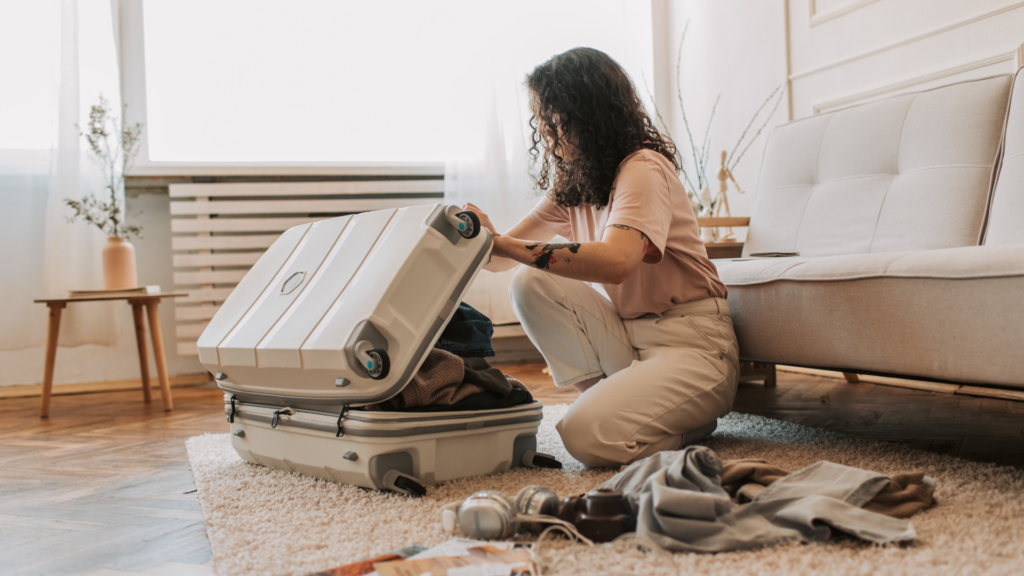
When packing, the mistake is to bring everything just in case. The frequent traveler’s error is to pack too little. Both can create problems.
Overweight fees can range from $75 to $200 per bag, depending on the carrier. Moreover, lugging around heavy suitcases makes navigating narrow streets, public transportation, and long airport corridors a cumbersome affair.
Travel experts recommend a capsule wardrobe approach. Neutral clothing that can be mixed and matched reduces the load without sacrificing options. Travelers should also research the destination’s dress norms, especially in culturally conservative areas. A scarf or long-sleeved shirt can be essential in religious sites across the Middle East or Southeast Asia.
On the other hand, many travelers forget important essentials: power adapters, medications, and copies of important documents. These are not easily replaced abroad and can turn into avoidable stressors. A thorough packing list, cross-checked 48 hours before departure, can save time and hassle.
Ignoring Visa and Entry Requirements

In an increasingly digitized world, the assumption that border entry is automatic has proven costly for many travelers. Visa mishaps, such as arriving in a country that requires prior approval or electronic authorization, have stranded thousands at airports globally.
For example, U.S. citizens can travel to most of Europe visa-free for short stays, but some countries require formal applications, often with processing times that exceed a week. In 2025, the European Union will implement the ETIAS system, requiring travelers from previously visa-free countries to obtain pre-authorization.
Many countries require six months of remaining passport validity at the time of entry, a policy that catches unsuspecting travelers off guard. “This is a surprisingly common issue,” notes Rick Steves, a well-known travel author. “People do not realize that even if your passport is technically valid, it may not meet a country’s entry criteria.”
Travelers are encouraged to consult official government travel sites and embassies well in advance of departure. The U.S. State Department’s travel page provides country-specific entry requirements and alerts.
Relying Heavily on Technology

Smartphones and apps have revolutionized the way people travel, but overreliance on digital tools can become a vulnerability. From boarding passes stored on phones to translation apps and GPS navigation, a device running out of battery or losing service can cause immediate disruption.
This was evident during a 2022 system outage at several major airlines that rendered digital boarding passes inaccessible. Hundreds of travelers were stranded at the gates, unable to board without printed documents. Similarly, apps that rely on internet connectivity become unreliable in remote areas or during international roaming restrictions.
Print out essential documents: flight itineraries, hotel confirmations, maps, and visa letters. Carrying a physical travel guide can feel old-fashioned, but it often proves invaluable in rural or disconnected areas.
Power banks, SIM cards, and offline downloads can extend digital tools’ usefulness, but the analog approach remains a crucial failsafe.
Mismanaging Money and Local Currency

Currency exchange and payment methods remain one of the trickier aspects of international travel. The common mistake is converting money at airport kiosks, where exchange rates are notoriously poor. Another misstep is relying solely on credit cards without confirming foreign transaction fees or local acceptance.
Although global cities increasingly accept cards and mobile payments, many countries still operate on a cash-preferred economy. For instance, Japan remains heavily cash-oriented despite its technological reputation, and tipping cultures across Latin America and Africa often rely on small denominations of local currency.
Travelers should withdraw cash from ATMs at major banks for better exchange rates and avoid dynamic currency conversion, which lets merchants charge in your home currency at inflated rates. It is also critical to notify your bank of your travel dates and destinations to avoid fraud alerts that can freeze cards mid-trip.
Financial expert and author Kristin Wong recommends carrying a mix of cash and cards and dividing them among bags in case of loss or theft. “Do not keep all your eggs in one wallet,” she advises.
The Cultural Rewards of Traveling Light
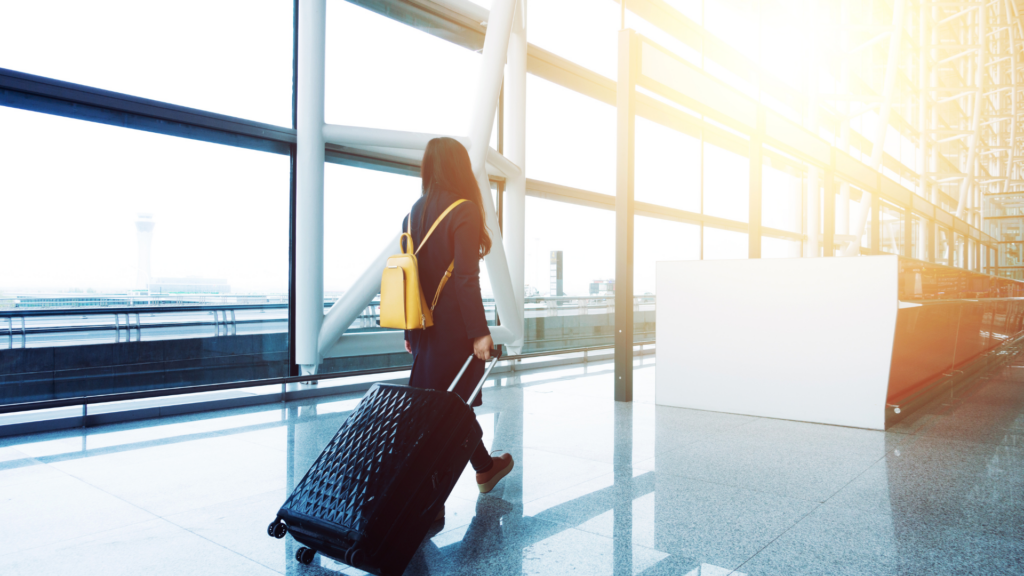
Traveling light does more than ease physical burdens; it also opens the door to deeper cultural engagement. With fewer belongings to manage and less concern over logistics, minimalist travelers often find themselves more present and open to the places they visit. That shift in mindset can lead to more meaningful interactions with locals, spontaneous detours, and an overall richer travel experience.
Whether it is wandering through a night market in Bangkok, navigating winding alleyways in Lisbon, or boarding a rickety bus in Guatemala, the ability to move easily invites encounters that heavier packing might discourage. Locals notice light travelers, too. In many cultures, especially in parts of Southeast Asia or East Africa, a minimalist appearance aligns more closely with local norms and can foster respect.
Cultural sensitivity is also enhanced by packing lightly. Instead of bringing one’s own ecosystem abroad, minimalist travelers are more inclined to adapt, buying a scarf at a local souk, wearing sandals appropriate for the climate, or carrying a reusable utensil set for street food. These small actions reduce consumption while also demonstrating awareness and appreciation for local ways of life.
Minimalist packing even supports language learning and community connection. Without the constant mental load of managing stuff, travelers often have more time and energy to learn greetings, ask questions, or engage with locals in markets and cafes. “You show up differently when you are not distracted,” said Erin McNeely, a cultural exchange coordinator in Morocco. “You become a guest, not a consumer.”
In the end, traveling light is not just about convenience. It is a practice in humility, presence, and respect — qualities that tend to unlock the true heart of travel: authentic connection.
Disrespecting Local Culture and Customs
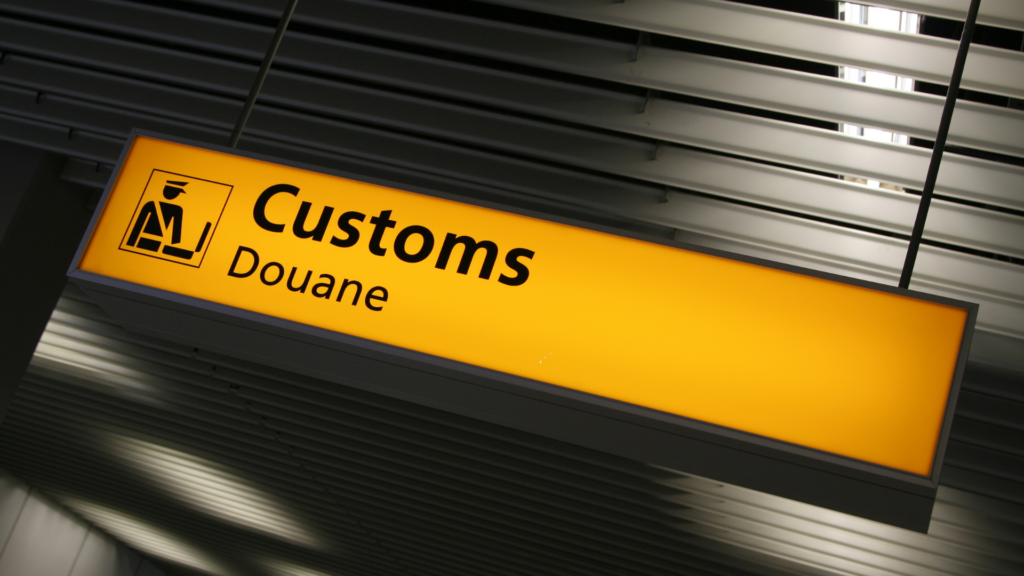
While often unintentional, cultural faux pas are among the most damaging and embarrassing travel mistakes. From inappropriate clothing to poor etiquette in sacred spaces, travelers risk alienating locals and tarnishing their experience when they ignore cultural norms.
In places like Thailand, touching someone’s head or pointing feet at religious statues is considered deeply offensive. In Italy, dining outside of mealtime hours or asking for heavy modifications to dishes can be perceived as rude. Meanwhile, in the United Arab Emirates, public displays of affection can result in fines or arrest.
Reading a guidebook or researching local norms online can prevent these misunderstandings. Travelers are encouraged to learn a few key phrases in the native language, dress modestly, and observe how locals behave. When in doubt, respect and humility go a long way.
Cultural sensitivity also includes photography. Always ask before taking someone’s photo, especially in rural or indigenous communities. What seems like a harmless snapshot to a visitor may carry spiritual or personal significance to others.
Underestimating Health Precautions and Vaccinations

Travel health is often treated as an afterthought, yet it plays a vital role in ensuring a safe and enjoyable trip. Skipping routine vaccinations, neglecting local health advisories, or mismanaging medications are frequent oversights that can derail an otherwise well-planned itinerary.
The Centers for Disease Control and Prevention (CDC) maintains a country-by-country guide that lists required and recommended vaccinations. For instance, yellow fever vaccination is mandatory for entry into several African and South American countries. Travelers to Southeast Asia may need protection against hepatitis A, typhoid, or Japanese encephalitis, depending on their itinerary and the time of year. Ignoring these precautions not only puts the traveler at risk but may also result in denied entry or quarantine measures at the border.
Travel clinics can provide guidance tailored to a specific destination, including malaria prevention pills or altitude sickness treatments. These visits are ideally scheduled at least four to six weeks before departure, as some vaccines require multiple doses or time to take effect.
Equally important is managing prescription medications. Travelers should carry all medications in their original containers, along with a copy of the prescription. Some countries ban or strictly regulate substances that are considered routine in the United States, such as certain stimulants or painkillers. Japan, for example, prohibits medications containing pseudoephedrine, and travelers have had their supplies confiscated at customs.
Travelers are also advised to pack a personal health kit that includes over-the-counter remedies for common travel ailments like motion sickness, food poisoning, or digestive issues. In regions where clean drinking water is not guaranteed, rehydration tablets and bottled water should be part of the daily routine.
Misplanning the Itinerary
Planning a trip itinerary can feel like navigating between two extremes: the jam-packed schedule and the vague outline. Both approaches are common pitfalls that can lead to frustration, fatigue, or missed opportunities.
The temptation to see everything in one visit often results in an overly ambitious itinerary. This “checklist tourism” approach leaves little room for spontaneity or rest. A classic example is trying to visit Rome, Florence, Venice, and Milan in four days. While it may look efficient on paper, the result is often exhaustion and a superficial experience of each destination.
Conversely, underplanning can leave travelers aimless or unprepared, particularly in places where tickets to popular sites sell out quickly. The Louvre, the Vatican Museums, and Machu Picchu all require reservations. Travelers who assume they can book on arrival may find themselves shut out of experiences that are central to their trip.
A balanced itinerary includes a few structured activities per day, buffered by unscheduled time to explore, rest, or follow unexpected recommendations from locals. Many experienced travelers follow the “two out of three” rule: plan for one major site, one casual activity, and leave the rest open.
Seasonal factors also matter. Visiting the Amalfi Coast in summer means crowds and heat, which slow down movement and increase travel time between towns. Local festivals or public holidays can also disrupt transit schedules or lead to closures.
Travel journalist Rick Steves advocates for “traveling slow,” advising readers to “assume you will return.” This mindset helps ease the pressure to see everything and allows for more immersive and meaningful engagement with a place.
TL;DR: Travel Recommendations
- Arrive early and allow generous layover times, especially for international flights
- Always purchase travel insurance, particularly for international trips
- Pack strategically, avoid overpacking, and bring all essentials
- Research and secure any required visas or entry documentation in advance
- Do not rely solely on digital tools; print key documents and carry backups
- Avoid exchanging money at airports and carry a mix of cards and local currency
- Learn and respect local customs, dress codes, and cultural etiquette
- Visit a travel clinic and ensure vaccinations and medications are in order
- Plan a realistic itinerary that balances structure with flexibility
